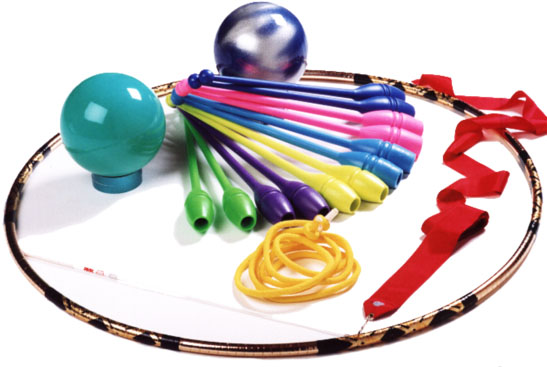 Rhythmic gymnastics is a challenging and exiting activity for
all children. Rhythmic Gymnastics focuses on body awareness and
hand-eye coordination, team spirit, confidence building and problem
solving. Rhythmic gymnastics is a challenging and exiting activity for
all children. Rhythmic Gymnastics focuses on body awareness and
hand-eye coordination, team spirit, confidence building and problem
solving.Rhythmic Gymnastics provides children with the unique opportunity to express themselves to music, and the chance to compete at National and International level competitions. Rhythmic Gymnastics first appeared during the 19th century and slowly grew in popularity until the first experimental competitions were staged during the 1930s. Having evolved to incorporate elements from classical ballet, German muscle-building techniques and Swedish exercise systems, it’s one of the most beautiful spectacles on the Olympic games. Rhythmic Gymnastics is preformed by women only and at the Olympic games, each country is limited to eight athletes (two Individual athletes and a group of six athletes for the Group event). History of Rhythmic Gymnastics at the Olympic Games: The first World Rhythmic Gymnastics Championships were held in Budapest in 1963, just over two decades before the discipline made its Olympic debut at the Los Angeles 1984 Games. A Group event was added to the programme at Atlanta 1996. One of just two women-only
disciplines in the Olympic Games (the other is Synchronised
Swimming), Rhythmic Gymnastics is a combination of gymnastics and
dance. Individual competitors perform short routines to music using
hand apparatus – a hoop, a ball, clubs and a ribbon. Groups perform
two routines, one with five balls and the other with three ribbons
and two hoops. Scores are awarded in three categories: difficulty,
artistry and execution. |
 Rhythmic Gymnastics routines containing many dance and ballet
characteristics are performed to music using hand apparatus.
Rhythmic Gymnastics routines containing many dance and ballet
characteristics are performed to music using hand apparatus.